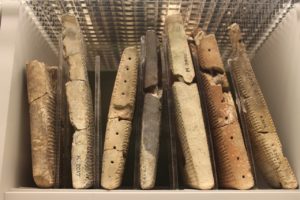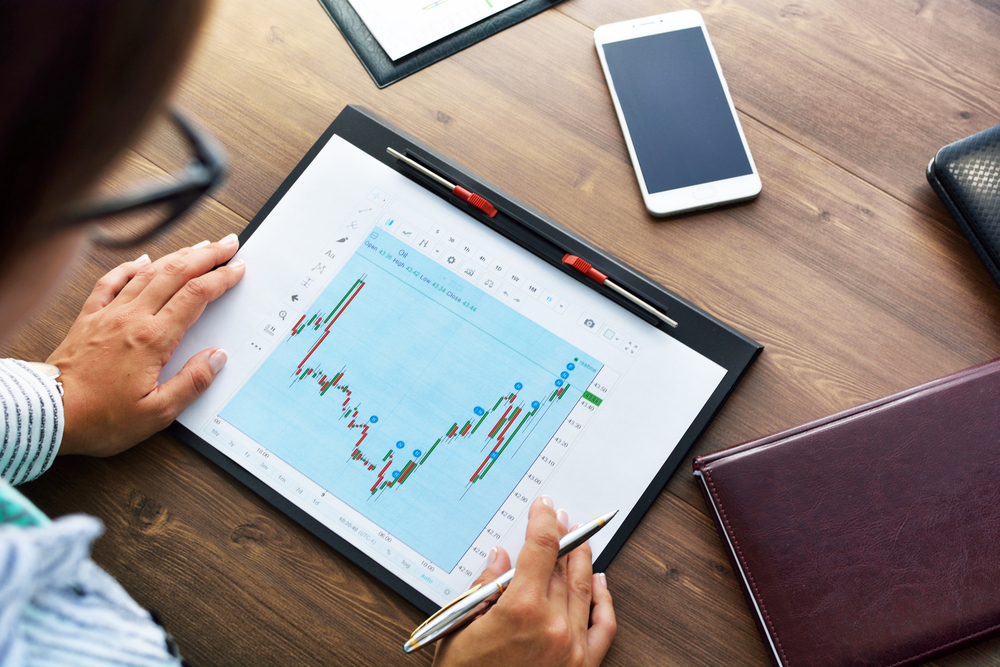Designing a Trading System-I is the first of a series of articles trying to deal with the difficult task of developing a trading system.
Trade and money
Trade is a concept that began with the advent of the Homo Sapiens Sapiens, some 20,000 years ago. People, back then, traded their spare hunting pieces for new arrows, spears, or anything else he had no time to make for himself.
Then, the first questions about what a fair deal was, and, also, how to measure and count things, began.
Trade and agriculture were significant factors that drove the Cro-Magnon men from the caves into civilisation. It was the age when everyone started specialising in what they were good for. Moreover, people had time to think and test new ideas because they didn’t need to spend time hunting.
Trade brought accounting, the concept of numbers and, finally, mathematics. Ancient account methods were discovered more than 10,000 years ago created by Sumerians in Mesopotamia. Also, Babylonians and Egyptians gave value to accounting and measuring the results of their work and trade activities.
The Sumerians
Sumerians were the first civilisation where agricultural surpluses were big enough that many people could be free from agricultural work. So, new professions arose, such as merchants, home builders, book-keepers, priests, and artists.
The oldest Sumerian writings were records of transactions between buyers and sellers. Money started being used in Mesopotamia as early as 5,000 B.C. in the form of silver rings. Silver coins were used in Mesopotamia and Egypt as early as 2,600 B.C.
Accounting and money are interlinked. Money was (and still is) the standard way to define the value of products and services. Accounting is the method to keep track of earnings, loses and costs, and to assess the use of resources and time.
Currency trading is nothing but a refinement of the concept when several types of currencies are available in an interlinked civilisation. Currency trading is the way to search the fair value of a currency in relation to other currencies. To traders, accounting is the way to measure the properties and value of their trading system.
Discretionary versus systematic
The probability of a discretionary trader to succeed is minimal. Especially so because without a set of rules to enter and exit the trader immediately fall into the trap of the small numbers law. That makes him start doubting his system, usually with a loss, sometimes huge caused by a large leverage.
Most successful traders develop and improve a trading system or strategy using discipline and objectivity. Nonetheless, that cannot be qualified as a systematic system because their beliefs about the state of the market are the basis for the entry and exit rules, their mental state, and other unquantifiable factors.
A systematic approach to Designing a Trading System must, conceptually, include:
- Entry and exit rules should be objective, reproducible, and based solely on their inputs.
- Discipline when applying the strategy, without emotional bias.
A systematic strategy models the behaviour of one or several markets. This model defines the decision-making process based on the inputs, without emotional or belief content.
Trading can only succeed when using a systematic strategy. If a trader does not follow one, the trades will lack consistency, and there will be a tendency to second-guess signals, take late entries and premature exits.
Next article on this series will deal with the basic facts about the market.
—————–
Take your trading to the next level with our 14 Day, No Obligation, Free Trial. You will soon discover why we are trading’s best-kept secret. We are successfully building the world’s largest group of profitable traders and would like you to be part of it.
You can join for as little as $19.99 per month, no contract, cancel anytime. This amount can be covered with just one profitable trade with us per month, the rest is pure profit. You will benefit from unparalleled access to our professional traders, our transparent trading performance, our LiveTradeRooms and access to the most comprehensive trading education on the market. What have you got to lose? JUST CLICK HERE TO GET STARTED NOW and see how real money is made!

